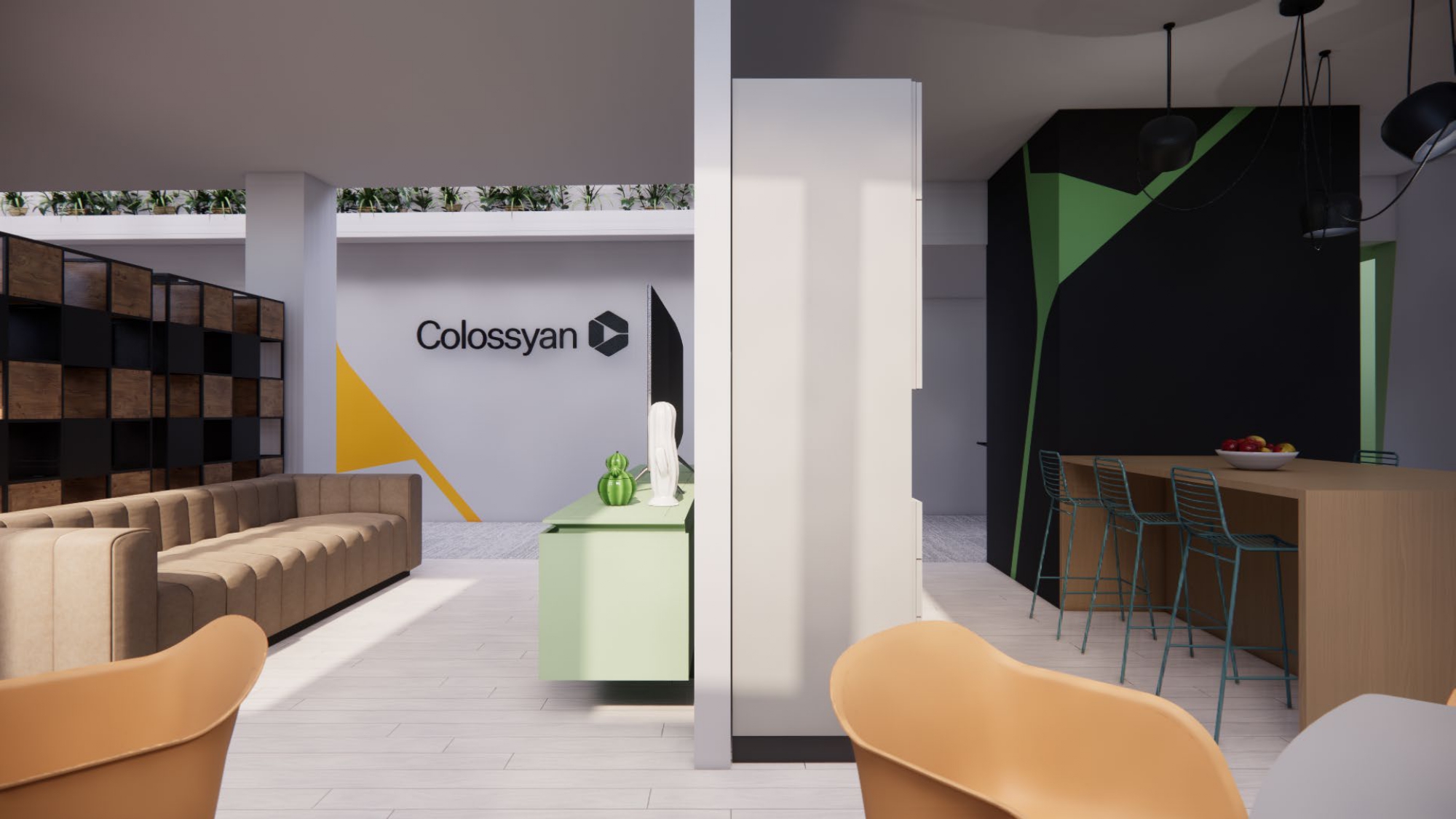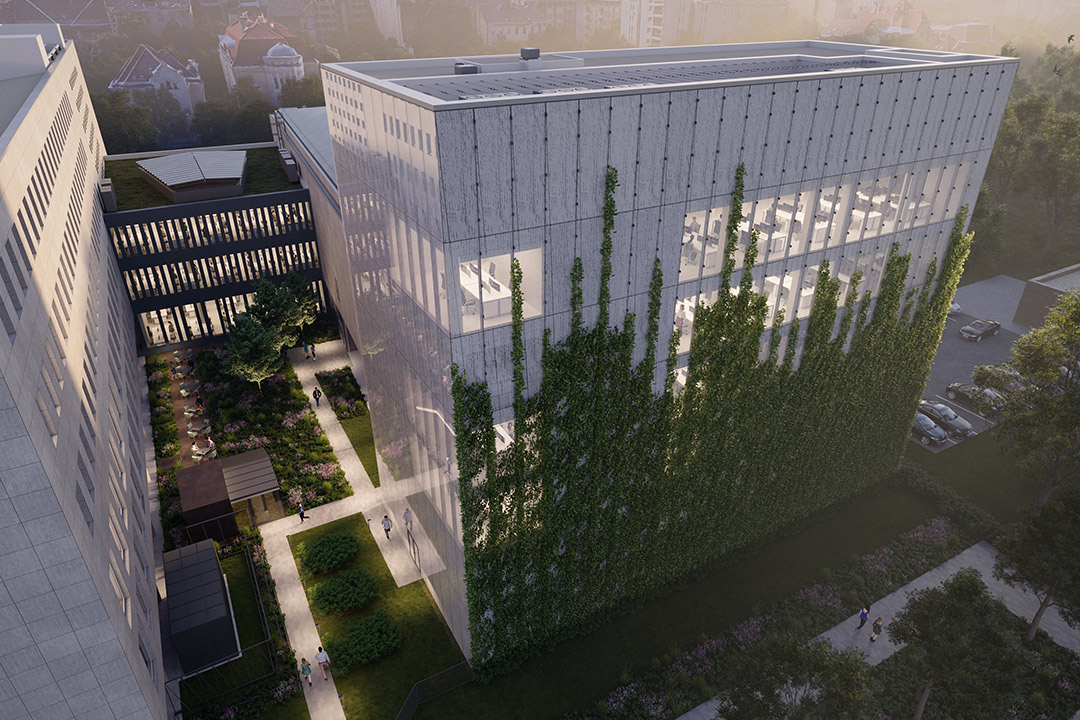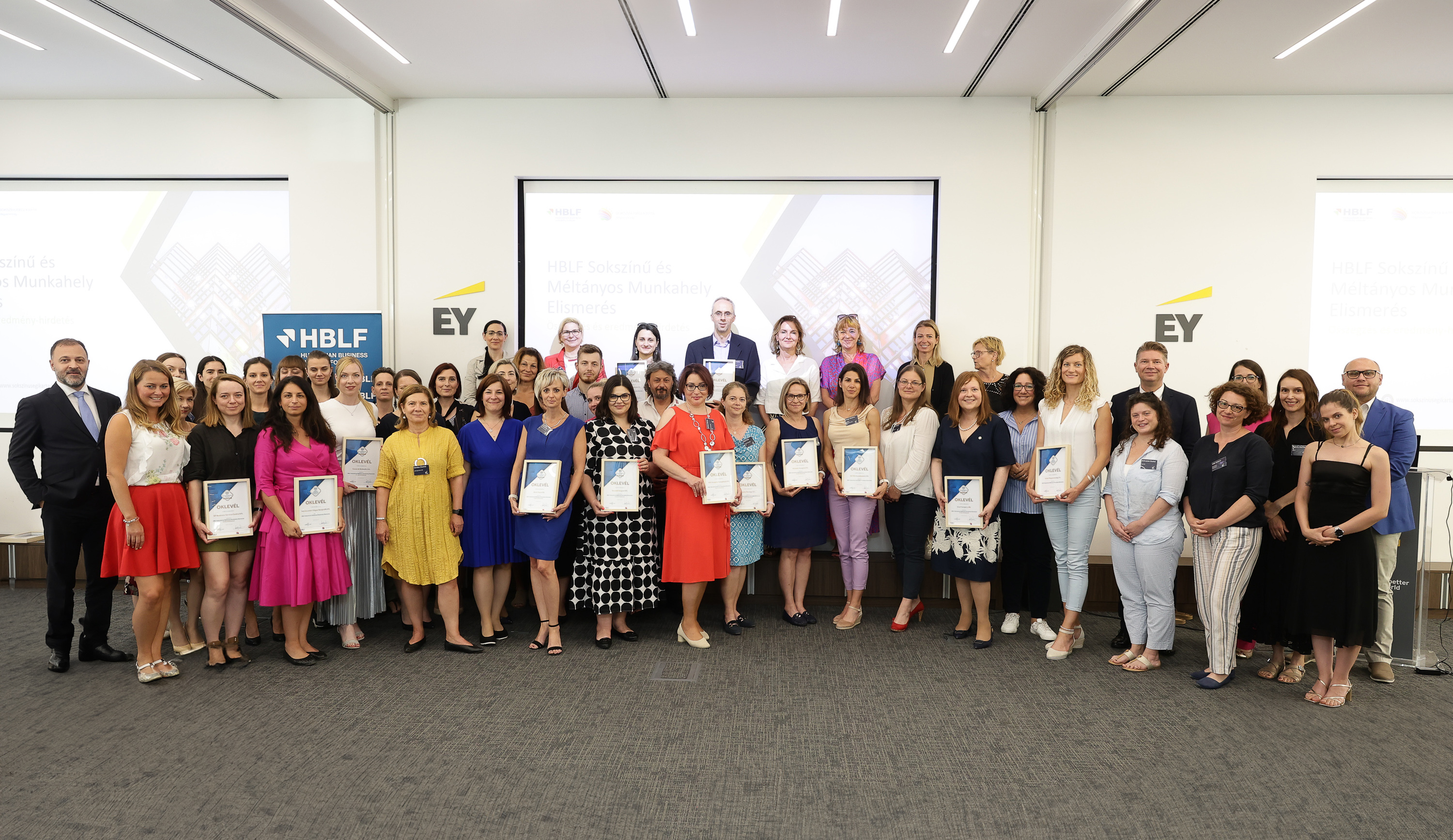CEE Office Markets Face Common Challenges

The City Tower Vienna: Euro Real Estate acquired the 26,600 sqm building from Immofinanz for EUR 150 million.
Office pipelines across Central and Eastern Europe are restrained, and few new projects have been initiated in what is an uncertain economic, geopolitical, and financial environment. There are further concerns over letting and office working practices and even the longer-term demand for space.
From a more positive perspective, regional developers are delivering more highly specified and ESG-compliant office projects in response to market pressures and environmental concerns.
CEE office markets are in relatively good positions compared to the U.S. market, which is seen as being in crisis (and in a very different business practice environment) due to the reluctance of staff to leave home office after COVID.
Central Europe could be seen as having a more favorable long-term future, with office tenants adopting a hybrid model, and notably with shorter commute times in Budapest and Prague, for example, which are very compact cities.
“For the most part, 2024 is likely to bring a sharp slowdown in deliveries of new offices. In some instances, as in the capitals of Slovakia and Romania, almost no significant office projects are due to be delivered in 2024,” comments Colliers CEE.
“For now, it is still very much a market driven largely by tenants as vacancy rates remain in double-digit territory in CEE capitals (with the exception of Prague). The saving grace here is that the slowdown in deliveries will help absorb the vacant spaces, particularly those in modern/ESG-compliant offices, and maybe gradually tilt the equilibrium towards a neutral market by the end of 2024,” the consultancy adds.
Prague is arguably the prime CEE market from the investors’ perspective and has a particularly weak office pipeline with a relatively low vacancy rate of 7.2%. This is expected to remain in single digits for the next two years due to the lack of new projects, according to Cushman & Wakefield.
Total modern office stock in Prague stands at 4 million sqm, 74% of which is class “A,” according to the Prague Research Forum, consisting of CBRE, Colliers, Cushman & Wakefield, iQ, Knight Frank and Savills.
Significant Deliveries
Possibly the most significant recent office deliveries are the 23,000 sqm Port7 Edinburgh building in Prague on the banks of the Vltava River by the prolific CEE developer Skanska and the Czech-owned Passerinvest Group’s Roztyly Plaza development, which has 23,300 sqm of office and retail space and opened in March.
The market could see a possible supply gap, according to analysts. Cushman & Wakefield have traced a low 80,000 sqm of space under construction, a large proportion of which is already pre-leased.
“Over the past 12 months, the Prague office market has shown signs of stagnating with no new projects initiated. Vacancy rates have been slowly decreasing due to limited new supply compared to the absorption of office space, pointing to a potential shortage of high-quality offices for lease,” comments Radana Willamsova, associate director of office agency at Colliers in the Czech Republic.
Development in the booming Bucharest market, an emerging CEE business center, has been subdued, with vacancies standing at more than 15%. However, this is expected to fall to around 12% during the year with a limited number of editions to the 3.4 million sqm of Bucharest office market. Notable projects under construction are the 27,500 Promenada Offices by NEPI-Rockcastle and the 15,000 sqm AFI Loft by AFI Europe.
Warsaw has the largest office market in the region, with a stock of 6.2 million sqm and an overall vacancy rate of 10.4%, according to Colliers. Vacancy has been falling in the Polish capital due to limited delivery. A notable feature of Poland’s office market is that its total stock of 12.9 million sqm of modern space is spread across several cities. Two notable deliveries have been the 26,000 sqm Nowy Rynek E in Poznan by Skanska and the 26,700 sqm Craft by Ghelamco in Katowice.
Hybrid Prevalence
“In Budapest and all of the capitals in CEE where we operate, the hybrid working model is prevalent. While there is a trend among companies to encourage increased office attendance, the flexibility and balance offered by the hybrid approach are likely to persist as a popular choice for many organizations,” says Skanska, a long-established Swedish developer active in the Czech Republic, Hungary, Poland, Romania and Slovakia.
A growing number of firms have begun to demand that workers show up in-office. As a result, the hybrid model that took hold after the pandemic is mostly settling into a 3:2 ratio in favor of the corporate office.
In order not to lose employees who increasingly prefer home office-enabled work, employers now need to address both the attractiveness of their offices and their relationships with their people, according to research conducted by Colliers from 300 companies in the EMEA region.
Office remains a favored investment target. In Vienna, Euro Real Estate has acquired the 26,600 sqm City Tower Vienna from Immofinanz for EUR 150 million in a deal managed by United Benefits Holding. The 87-meter high complex is one of the most prominent office properties in Vienna. It comprises a high-rise tower with a rotated head structure and two partially elevated side buildings. The tower has 24 upper and four underground floors with 100 underground parking spaces. It is leased in its entirety to the Republic of Austria.
“Tenants, landlords and investors in all CEE countries are increasingly focusing on the quality of buildings. The gap between older/outdated and modern/efficient buildings is becoming increasingly wider in terms of a multitude of factors, from rents to attractiveness for tenants and occupancy rates to capital values,” says Colliers.
“In turn, we view this as a decisive factor in pushing for more and more retrofitting of older buildings, which may become viable. Timing-wise, these changes are coming at a bad time, as the green push is coming in a difficult context for the market, given how high interest rates are. Furthermore, we need to acknowledge how relevant the green characteristics are on the financing side, as banks need to take into account not just the value of the building itself, but how efficient and future-proof it is,” the agency adds.
This article was first published in the Budapest Business Journal print issue of May 17, 2024.
SUPPORT THE BUDAPEST BUSINESS JOURNAL
Producing journalism that is worthy of the name is a costly business. For 27 years, the publishers, editors and reporters of the Budapest Business Journal have striven to bring you business news that works, information that you can trust, that is factual, accurate and presented without fear or favor.
Newspaper organizations across the globe have struggled to find a business model that allows them to continue to excel, without compromising their ability to perform. Most recently, some have experimented with the idea of involving their most important stakeholders, their readers.
We would like to offer that same opportunity to our readers. We would like to invite you to help us deliver the quality business journalism you require. Hit our Support the BBJ button and you can choose the how much and how often you send us your contributions.

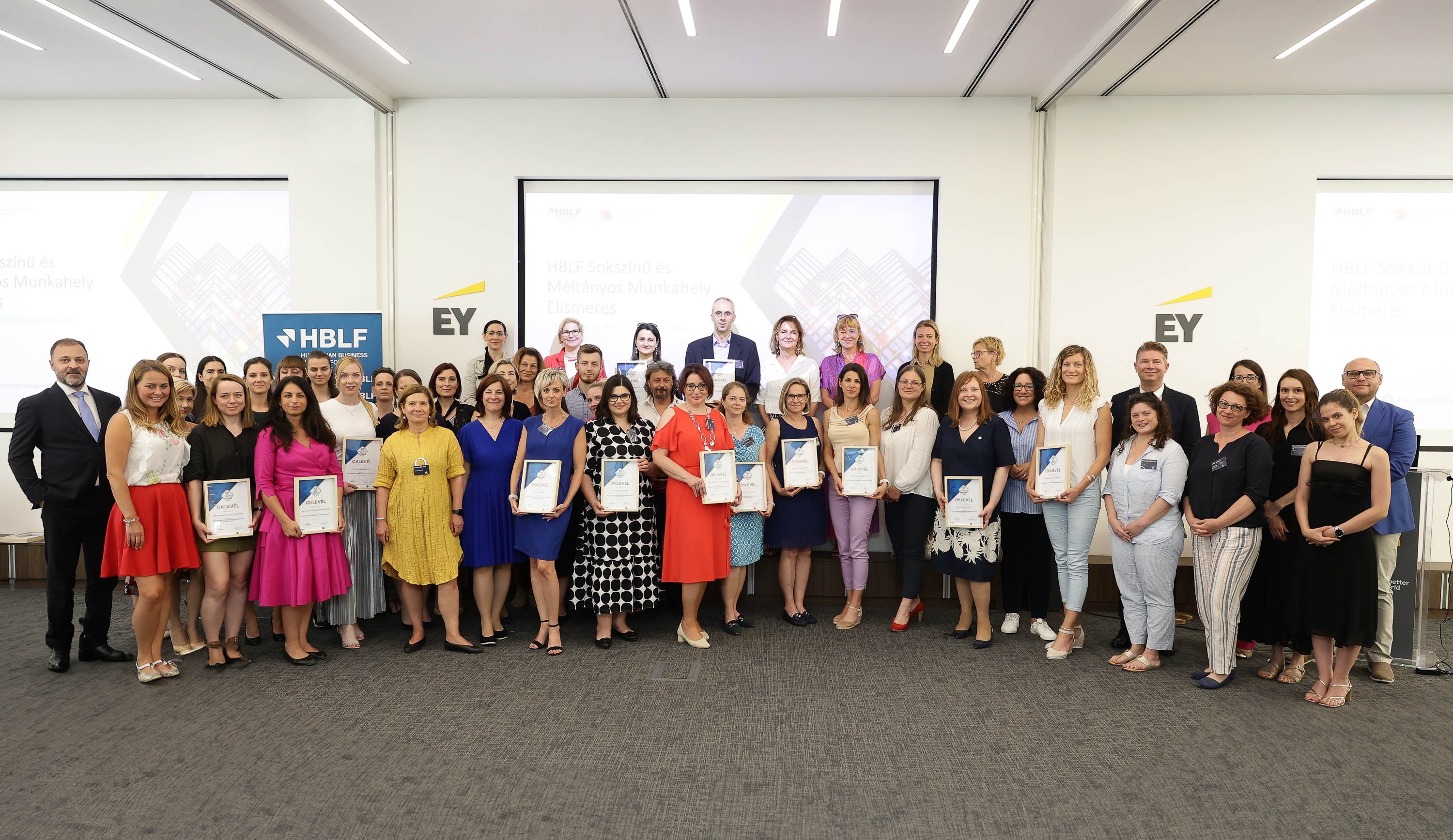
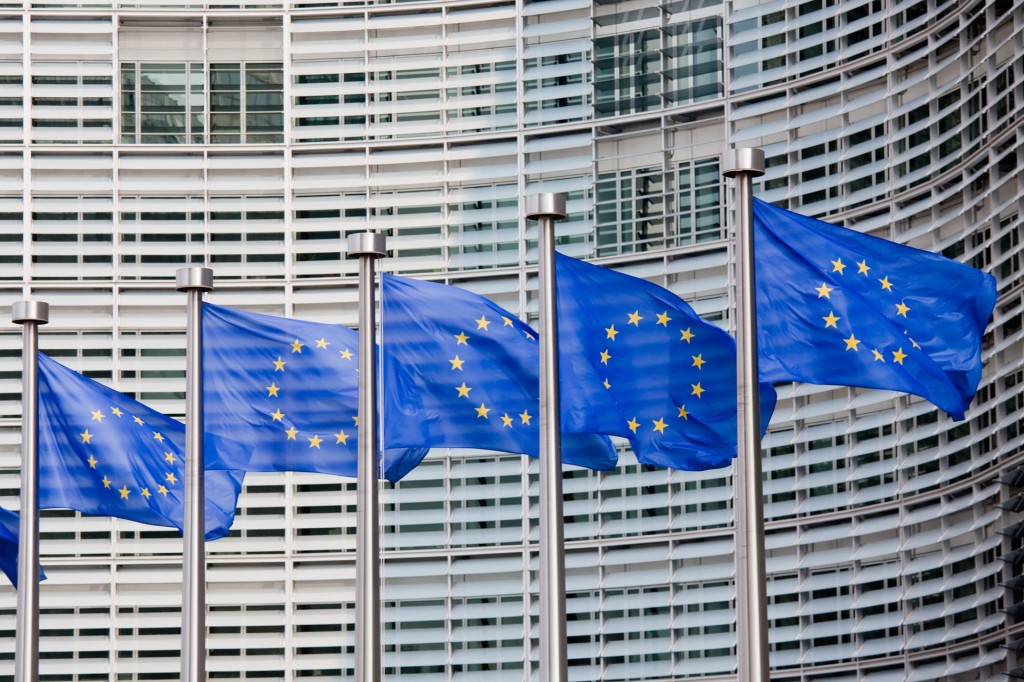
.jpg)



